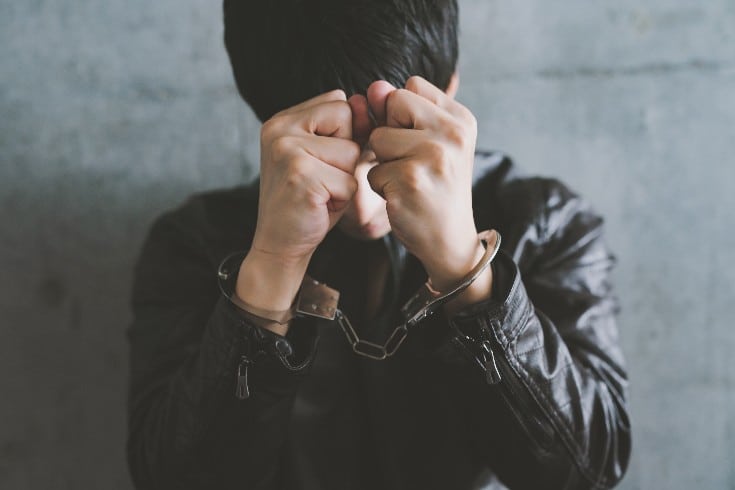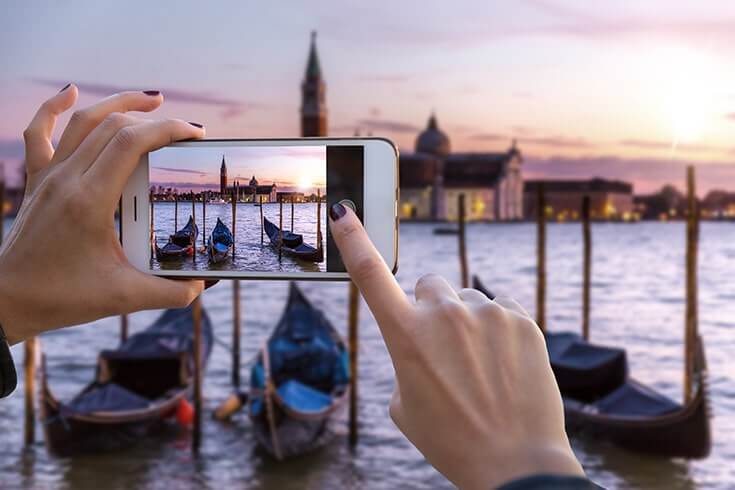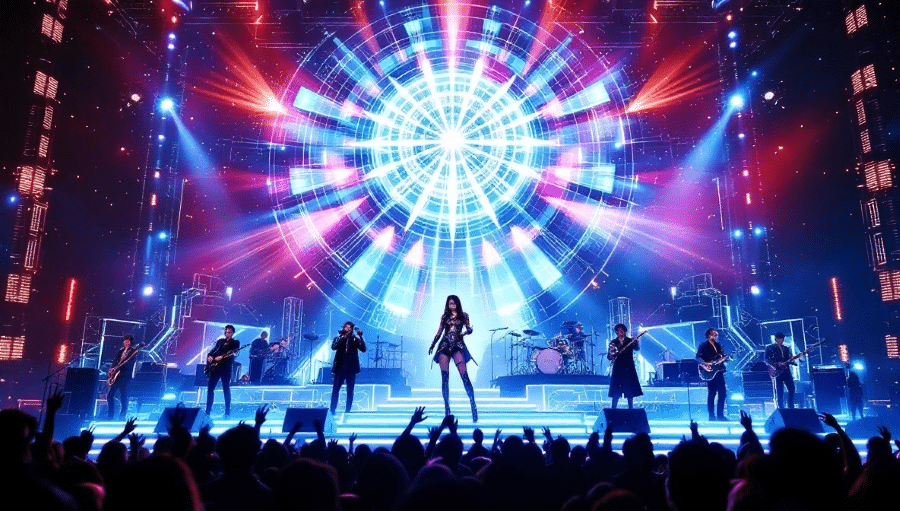Considerations for Portrait Rights When Publishing Location Videos on YouTube

On YouTube, a variety of videos are posted daily, among which is a genre where YouTubers go out into the streets and conduct interviews with passersby, known as location shooting videos. In these street location shooting videos, passersby may occasionally appear in the footage.
The issue here is whether uploading videos to YouTube, in which passersby can be recognized, infringes on the ‘Japanese right of publicity’ of these individuals. In this article, we will explain the ‘Japanese right of publicity’ that you should be aware of when publishing location shooting videos on YouTube.
What is the Right of Publicity?
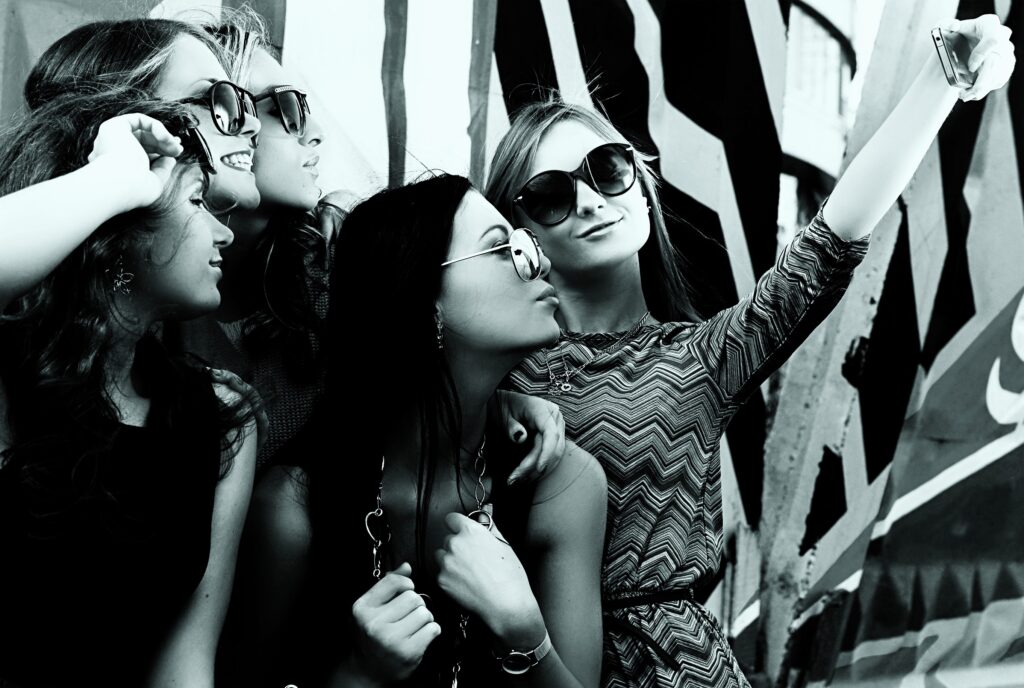
Many of you may have heard the term “right of publicity”. The right of publicity is the right to prevent one’s face or appearance from being photographed or disclosed without the specific individual’s permission. There is no explicit legal provision recognizing the right of publicity.
The right of publicity is a right recognized on the basis of the right to pursue happiness, as stated in Article 13 of the Japanese Constitution, which states, “All people shall be respected as individuals. Their right to life, liberty, and the pursuit of happiness shall, to the extent that it does not interfere with the public welfare, be the supreme consideration in legislation and in other governmental affairs.” This right has been established through precedents and other means.
When Does It Constitute an Infringement of Portrait Rights?
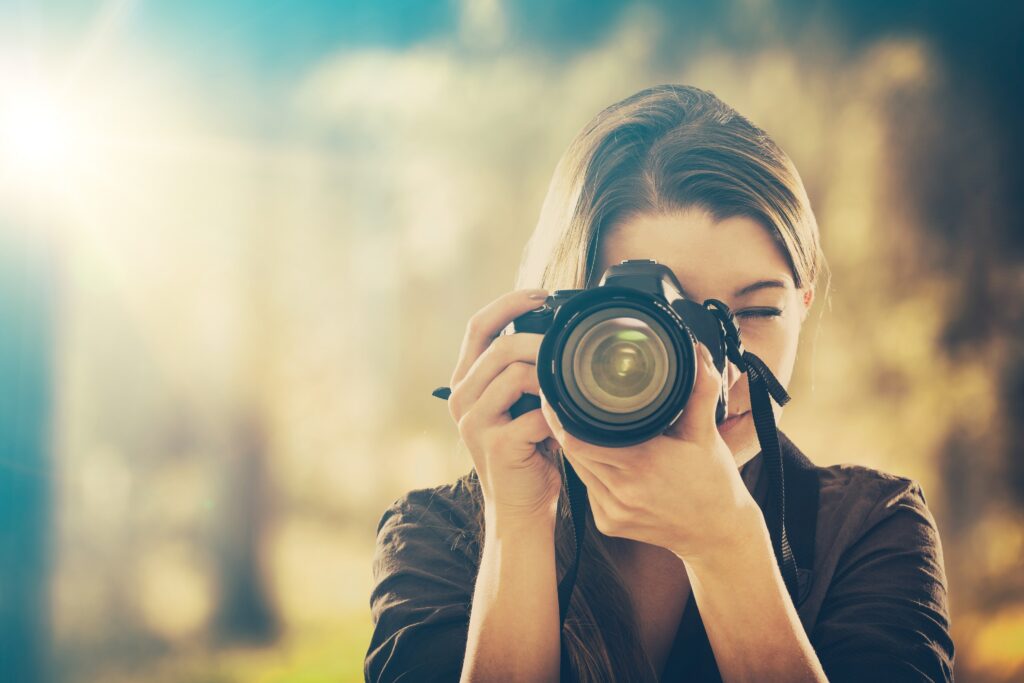
Whether or not an infringement of portrait rights has occurred is primarily determined by the following circumstances:
- Whether the face of the person photographed can be identified
- Whether the person photographed is the main subject of the photo or video
- Whether the photo or video is published in a place or medium with a high potential for dissemination
- Whether the person photographed has consented to the filming and publication
- Whether the filming location is a place where filming can be anticipated
https://monolith.law/reputation/portraitrights-onthe-internet[ja]
Whether the face of the person photographed can be identified
If the face of the person photographed cannot be identified, it is difficult to determine who the person is, and it does not constitute an infringement of portrait rights. In order for an infringement of portrait rights to be recognized, the content of the photo or video taken must be such that the face of the person photographed can be identified.
Considering the case of location filming, even if passers-by are captured in the footage, if their faces cannot be identified and it is not clear who they are, the likelihood of it being judged as an infringement of portrait rights is considered low.
Whether the person photographed is the main subject of the photo or video
Even if the face of the person photographed can be identified, if the person is not the main subject of the photo or video and it cannot be evaluated as exceeding the limit that should be tolerated in social life, it may not constitute an infringement of portrait rights. In other words, in order for an infringement of portrait rights to be recognized, it is necessary that the person photographed is the main subject of the photo or video and that it can be evaluated as exceeding the limit that should be tolerated in social life.
Considering the case of location filming, even if passers-by are captured in the footage and the face of the person photographed can be identified, if they appear small in the background of the main YouTuber for a moment, the likelihood of it being evaluated as an infringement of portrait rights is not necessarily high.
Whether the photo or video has been published in a place or medium with a high potential for dissemination
If a photo or video is published in a place or medium with a high potential for dissemination, it is a circumstance that tends to favor the recognition of an infringement of portrait rights. When publishing location videos on YouTube, the videos are not only on YouTube, but also have a high potential to be disseminated on SNS such as Twitter and Instagram, which is a circumstance that tends to favor the evaluation of an infringement of portrait rights.
Whether the person photographed has consented to the filming and publication
Portrait rights are rights that the person photographed can dispose of, so if the person has consented to the filming and publication, it does not constitute an infringement of portrait rights.
However, there may be situations where the parties disagree on whether consent was given and to what extent. Therefore, when obtaining consent, it is necessary to clarify the content of the consent.
Although it is a court case unrelated to YouTube, there was a case where a female model was recognized as having infringed her portrait rights because she had agreed to be photographed, but had not agreed to have her photo used in an advertisement for a dating site. In the case of interview videos on YouTube, there may also be cases where a discrepancy in understanding about how the video will be published can lead to an infringement of portrait rights.
In the case of location filming, if there are many passers-by, it is realistically difficult to obtain consent from all of them. Therefore, it may be necessary to edit the video so that passers-by do not appear as much as possible, or to blur the faces of passers-by.
Whether the filming location is a place where filming can be anticipated
Whether the filming location is a place where filming can be anticipated is also an important criterion for determining whether an infringement of portrait rights can be recognized. This is related to the understanding that portrait rights are a type of privacy. Privacy is simply the right not to have things that you normally do not want others to know about made public.
https://monolith.law/reputation/scope-of-privacyinfringement[ja]
In the case of location filming, the footage includes information that “that person was there at that time”. Simply put, in the case of Shibuya during the day, the privacy of the information “that person was there” is low, and it is easy to say that “filming could be anticipated”. However, in the case of a love hotel district at night, the privacy of the information “that person was there” is high, and it is difficult to say that “filming could be anticipated”. Also, in the case of undercover filming in rip-off bars, it is not necessarily likely that the faces of employees inside the bar will be filmed, and this is a circumstance that tends to favor the recognition of an infringement of portrait rights.
Thus, when filming location videos in the city, being in the city usually means being seen by many people, and it can also be said that filming can be anticipated. Therefore, in a general situation, it is a circumstance that tends to deny an infringement of portrait rights.
https://monolith.law/reputation/problems-of-uploading-videos-and-voyeur-videos-to-youtube[ja]
What Legal Responsibilities Arise from Infringement of Portrait Rights?
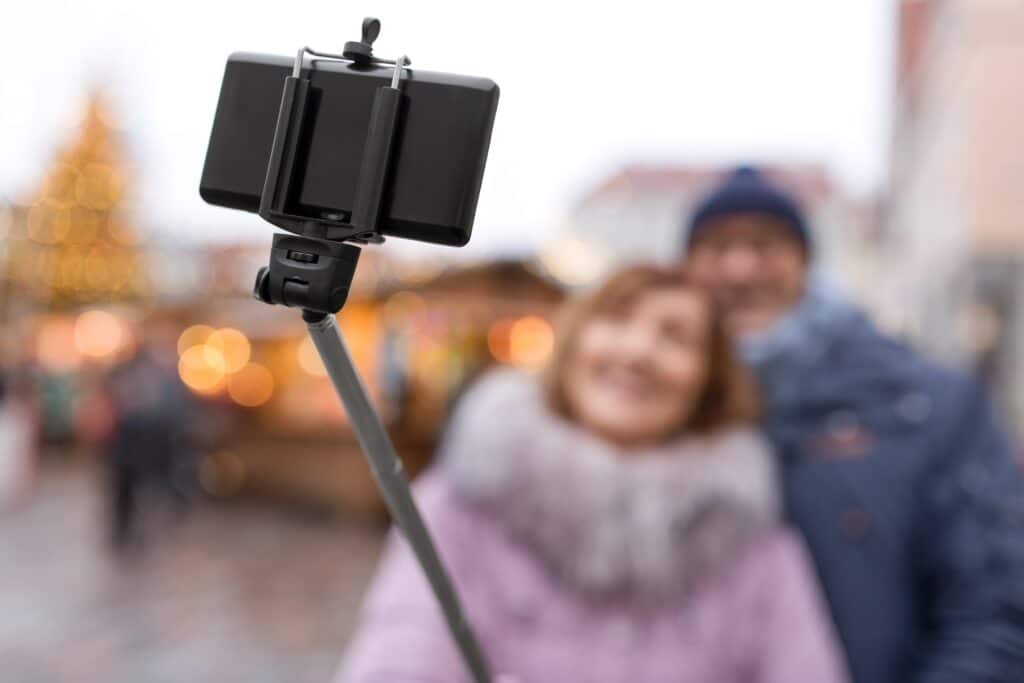
Even if you infringe upon portrait rights, there are no legal provisions, so you will not be held criminally liable. However, if you do things like entering a place where entry is prohibited in order to photograph a specific person, you may be held criminally liable for crimes such as trespassing or refusal to leave, so caution is necessary.
While no criminal liability arises from the infringement of portrait rights, there is a possibility of civil liability. Specifically, actions that infringe upon portrait rights may be considered tortious acts, and you may be liable for damages based on the tort provisions of Article 709 of the Japanese Civil Code. In addition, you may be subject to an injunction request on the grounds of infringement of portrait rights, in which case you will not be able to publish photos or videos that infringe on others’ portrait rights. Furthermore, in the case of location videos on YouTube, you may be requested to delete the video on the grounds of infringement of portrait rights.
https://monolith.law/reputation/infringement-portrait-rights-and-privacy-rights-on-youtube[ja]
Methods to Prevent Portrait Rights Infringement in Location Filming
So, what precautions should be taken to prevent infringement of portrait rights when filming and publishing location videos?
Firstly, when filming location videos, it is necessary to ensure that passersby are not inadvertently captured in the footage. If you are conducting street interviews, explain the purpose and content of the video to the interviewees and obtain their consent for filming and publication. If consent is not obtained, refrain from publishing the video.
If passersby are unavoidably captured in the footage, it is advisable to apply mosaic processing during video editing. Indeed, even if a passerby’s face is identifiable in the footage, it may not necessarily constitute an infringement of portrait rights unless it exceeds the socially acceptable limit. However, to avoid unnecessary trouble in advance, it is wise to apply mosaic processing.
Furthermore, consider the filming location. If there is no need to film in a place with a lot of pedestrian traffic due to the content of the video, please film the location video in a place where passersby are not likely to be captured.
Conclusion
In summary, we have explained the importance of respecting portrait rights when publishing location videos on YouTube. With the growing popularity of YouTube in recent years, the number of location videos being posted has increased. Consequently, it is believed that there are more opportunities for the portrait rights of passers-by and others to be infringed upon. While it is important for those being photographed or filmed to have accurate knowledge of portrait rights, it is even more crucial for those doing the filming to be well-informed. Issues related to portrait rights are legal matters that require professional judgment. Therefore, if you are considering posting a video on YouTube that may potentially infringe upon someone else’s portrait rights, such as a location video, please consult with a lawyer.
If you would like to learn about the content of this article through a video, please watch the video on our firm’s YouTube channel.
Category: Internet


